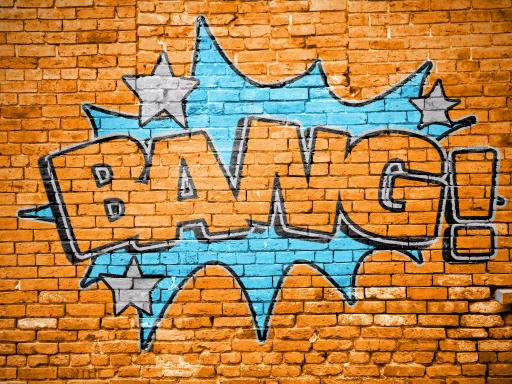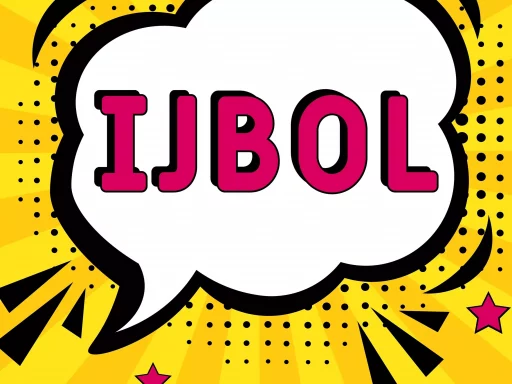Understanding Text Messaging
Text messaging has revolutionized the way we communicate, allowing for instant connectivity with just a few taps on a device. But within the realm of text messaging, there exists a distinction between a “text message” and an “SMS message.” Understanding this difference can enhance your communication and help clarify misconceptions.
Defining SMS Messaging
SMS stands for Short Message Service. It’s a protocol that enables the sending of short text messages via mobile networks. SMS messages typically consist of up to 160 characters and can be sent from one mobile device to another.
The Broader Term: Text Message
A text message is a broader term that encompasses any message sent using a text format. This can include SMS messages, but text messages can also refer to messages sent through various messaging apps such as WhatsApp, iMessage, Facebook Messenger, and others, which may not be limited to 160 characters.
Key Differences Between SMS Messages and Text Messages
- Protocol: SMS messages utilize a specific protocol that is universally adopted across mobile networks, while text messages can refer to any format of text communication.
- Character Limit: SMS messages have a strict character limit of 160 characters. Text messages through applications may allow for much longer messages.
- Cost: SMS messages may incur charges according to your mobile service plan, while many messaging apps use Wi-Fi or mobile data and are often free.
- Features: Text messaging apps may offer additional features like sending images, videos, or voice notes, while SMS is primarily for text.
- Delivery Reports: SMS services often provide delivery reports, whereas the delivery status in instant messaging apps can vary.
Statistics on Text Messaging and SMS Usage
According to recent reports, SMS remains a vital communication tool, despite the rise of instant messaging apps. Here are some statistics to illustrate this:
- Approximately 23 billion SMS messages are sent daily worldwide.
- 91% of adults in the U.S. send or receive text messages regularly.
- Text messages have a 98% open rate, significantly higher than emails.
Case Study: SMS Campaigns vs. Messaging Apps
In a recent case study involving a national retailer, an SMS marketing campaign yielded remarkable results. The retailer utilized SMS to send flash sale notifications directly to customers, achieving:
- A 30% response rate among recipients.
- Immediate engagement, with 90% of texts read within three minutes.
- Acquisition of new customers as people opted in after experiencing the timely notifications.
By contrast, the same retailer ran a campaign through a popular messaging app, which resulted in a lower engagement rate. Although the app allowed for richer media content, the immediacy and simplicity of SMS proved more effective for urgent communications.
The Future of Text Messaging and SMS
While SMS remains a dominant form of communication, new technologies are shifting the landscape. Rich Communication Services (RCS) is an evolution of SMS, allowing for longer messages, richer media, and enhanced features similar to those found in instant messaging applications.
Despite these advancements, SMS continues to be an essential tool, especially for businesses looking to connect with customers quickly.
Conclusion
Understanding the differences between SMS and text messaging can clarify many aspects of digital communication. While SMS has its unique characteristics, the term “text message” embodies a wider range of communication formats. By grasping these differences, users can optimize their messaging strategies whether for personal communication or business marketing.






